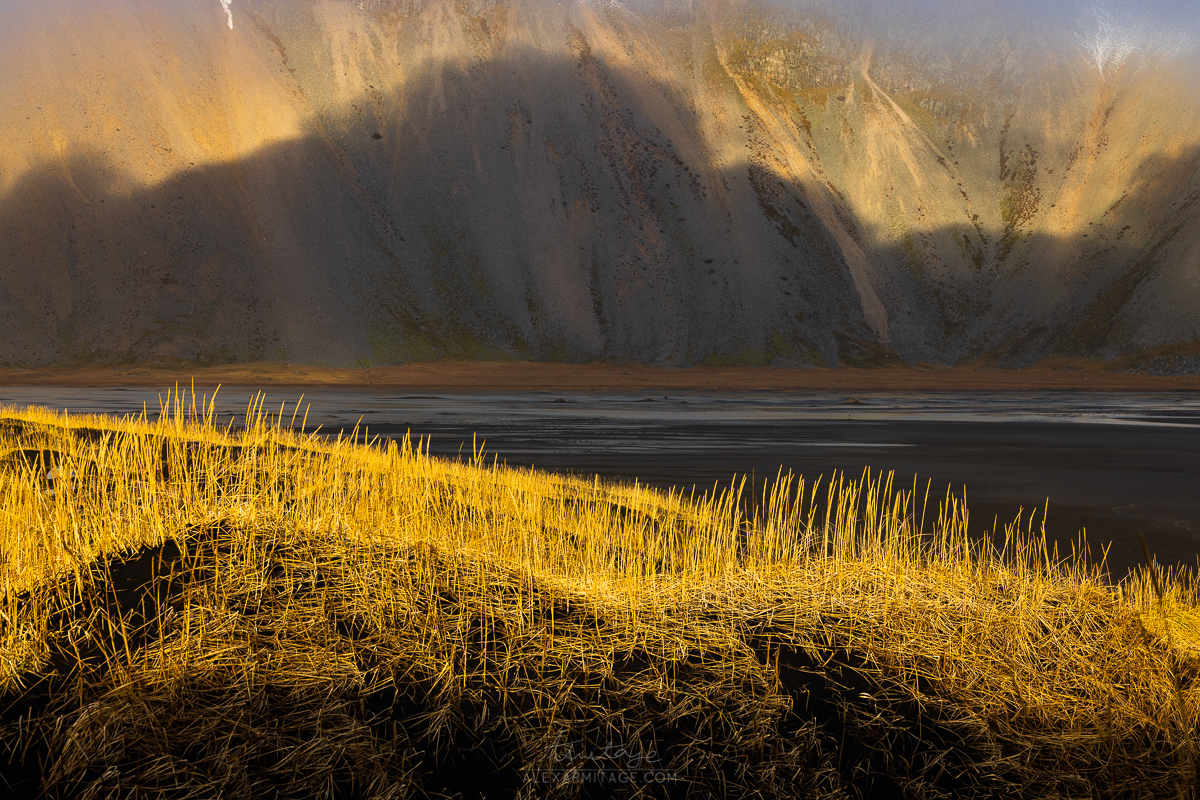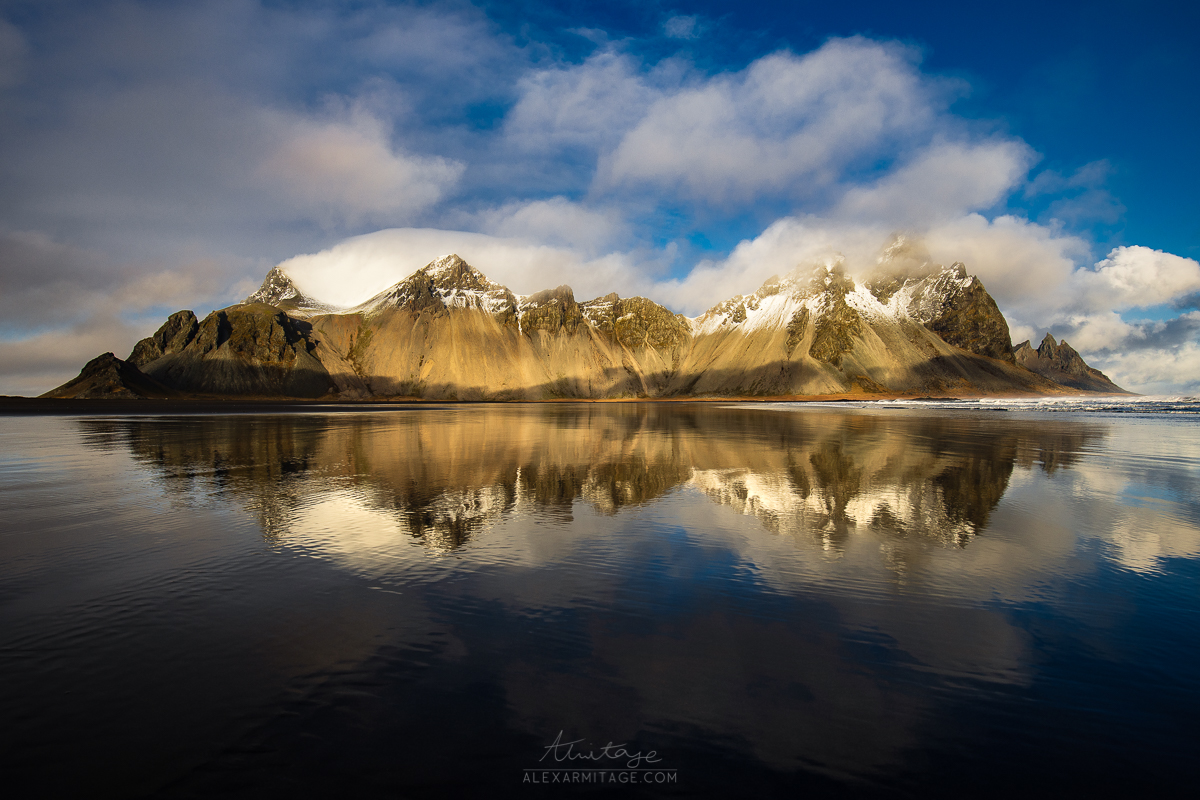Landscape photography is defined by the unpredictability of nature and for many of us, we don't have the luxury of multiple attempts to get the conditions we seek. Over the years I've come up with a few things you can do, when conditions don't cooperate, to walk away with unique images.
Landscape photography inspires us to get outside far too early in the morning, way too late at night, or during conditions most people wouldn't dare put themselves in. No matter what you do, you'll never be able to fully predict the conditions you're going to get; just because your weather app says overcast doesn't mean the sun won't shine through at the perfect moment or there is 100% chance of fog but it never quite makes it to the composition you had in mind. This happens all the time and it's part of the challenge and excitement induced when shooting landscapes.
So when things don't work out as you expected them to, what can you do? Sometimes I never even take my camera out but many times I try to push myself to come away with something and these tips have helped me a lot over the years.
The Small Details
Unless you're visiting a local spot around you, chances are you don't have much time to wait for the conditions you hope for when visiting new spots. I spent three mornings photographing Vestrahorn, a very popular photography spot in Iceland that was even featured in Photographing the World, and the conditions were different every single morning. The third morning the entire mountain range was obscured by clouds during sunrise which wasn't a big deal for someone who had the ability to photograph it multiple times, but what if that was your only morning there?

Clouds blocked any view of the famous mountains but they also made really interesting compositions
I decided to exchange my wide-angle for my telephoto lens and focus on the smaller details around me. Even though the conditions weren't what I came to shoot, they were still unique. The clouds were creating shadows on the mountainside and let's not forget the fact that I'm standing on a beach made of black sand and mounds of golden straw. I realized the mountains made things too easy and I was having a lot more fun trying to find less obvious compositions around me.

Can you see the glistening color?
I found myself finding so many patterns in the sand and captured this really interesting moment of light. Can you see the colored light that almost resembles a rainbow in the center of the image?

When I shot the fall color change in Colorado in 2020, the conditions were nearly impossible to capture anything with a large view because of the smoke in the sky. I spent 5 days straight hoping for anything clear and the only day the smoke wasn't bad was completely overcast. Thus I found myself looking into the trees, excluding the sky, and trying to find the small details around me. It was challenging, and at times frustrating but it pushed me to look in places I never would have even looked. This trip taught me a lot about looking for the small details and really shifted how I shot photography in a fundamental way.
Think About Your Edit
Another way to look at scenes differently is by trying to envision how you might process your images. Many times my edits are highly dependent on the conditions I get from a location. This is evident in the work of many photographers who frequent specific geographic areas. For example, If you follow a photographer who lives in the UK you might notice how often their images include dull overcast light, foggy mornings, or rain. Someone who photographs the desert might edit their images with more contrast, pink hues, or focus on layers in the atmosphere.
We'll use the above photo as an easy-to-follow example. More often than not, Iceland is overcast and rainy. This means it's rare to get color in the sky, contrasting light, or anything with high dynamics. Thus if you show up knowing how you like to edit scenes with the same conditions, you'll come away with a lot more successful images simply by knowing what scenes can work and which ones don't.
You might be asking yourself, "how am I supposed to know what my edit will be like before even snapping a photo?" This knowledge will come in time as you progress as a photographer. I realize many people reading this might just be starting out and don't have the ability to foresee an edit before ever taking a photo. That means you need to take photos in all conditions and find out how you like to edit those photos. Exploring these possibilities is part of the journey of learning photography and one that can be quite exciting.
You might find yourself desaturating images, shifting their green hues on the tone curve, or manipulating the colors in the sky. The only way to learn these techniques is simply with time and effort. If you need a few ideas start by trying a few of the techniques I talk about in my article on the tone curve, or try diving into radial filters and see what you can do with those.
No Expectations
My last piece of advice is less tangible but might be the most important piece of advice in this article. Chasing light is fundamentally the entire premise of being a Landscape photographer but you'll find that many times it never shows up. You might fly across the world with shots in mind and never get the results you are looking for. This is going to happen very often on your journey and if you continually get let down by not getting the results you want, you'll absolutely stop enjoying photography.
I remember taking trips, waking up super early, and hiking miles in the dark to not even end up taking my camera out of my bag. I let it get to me and it suffocated my enjoyment of the entire reason I'm out there — appreciation of the world around me. Shifting my expectations from getting a shot for my portfolio to simply being present in the moment. This changed my entire perspective of landscape photography. It also meant I was far more willing to repeat the process of traveling, waking up early, and hiking in the dark.

Sometimes just waiting around works out!
Sometimes the clouds disappear and the mountains come out anyway. Above is a shot taken the same morning as the Vestrahorn ones earlier in this article. Enjoy the journey and the portfolio shots will come, you just have to be willing to continually get out there and find them with no promise of results. Thanks for reading and I hope you found something here helpful. If you have any words of advice, share them down below!







